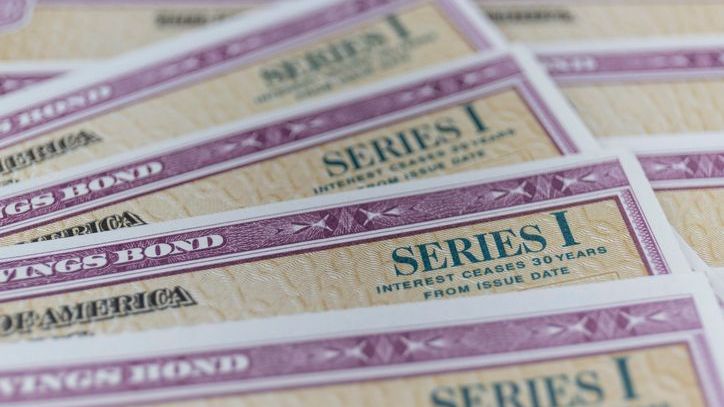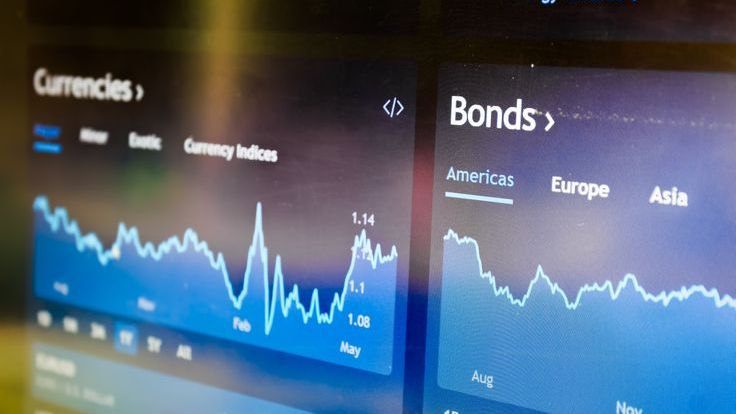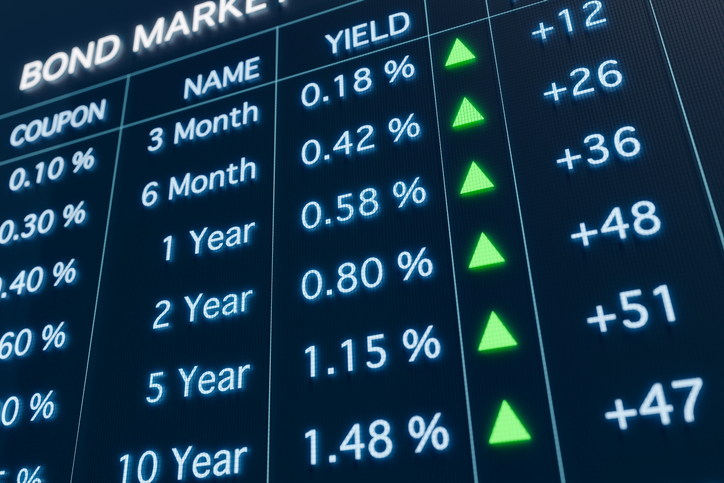Understanding how bond market pricing works requires a grasp of several influencing factors. Bond prices fluctuate based on interest rates, credit quality and market demand. When interest rates rise, existing bond prices typically fall since new bonds offer higher yields. Conversely, when interest rates decrease, bond prices usually increase. Credit quality also plays a role: bonds with higher ratings are considered safer and thus are priced higher. By considering these dynamics, investors can make informed decisions in the bond market.
Do you want to add more income-producing assets to your portfolio, but don’t know which ones? A financial advisor can help.
What Are Bonds and How Do They Work?
Bonds are the debt securities that governments, municipalities and corporations issue to raise capital. Purchasing a bond means you’re lending money to the issuer, who in return provides periodic interest payments and repays the bond’s face value upon maturity.
The face value, also known as the par value, is typically $1,000 per bond. The coupon rate represents the annual interest rate that the bond issuer commits to paying, calculated as a percentage of the bond’s par value. For example, a bond with a par value of $1,000 and a coupon rate of 5% will pay $50 each year.
The maturity date is when the bond’s principal amount is repaid to the bondholder. Bonds can mature over short-, medium- or long-term periods, with durations varying from a few months up to 30 years or beyond. The length of the maturity period can affect the bond’s interest rate and price volatility.
The yield of a bond is the return you can expect to earn. It takes into account the bond’s current market price, its par value and its coupon payments. Yield can be expressed in different ways, including current yield and yield to maturity. Current yield is the bond’s annual coupon payment divided by its current market price, while yield to maturity considers the total return over the life of the bond, including any difference between its purchase price and par value.
How Bonds Trade on the Secondary Market

Bonds trade on the secondary market after they are issued. Investors buy and sell these bonds among themselves, much like stocks. This market provides liquidity, allowing investors to enter and exit positions with ease.
The yield is a key factor in secondary market pricing. When a bond’s yield is higher than current market interest rates, the bond becomes more attractive, pushing its price up. Conversely, if the yield is lower than market rates, the bond’s price drops. This inverse relationship helps investors assess whether a bond is a good buy or sell.
In the secondary market, bonds are traded at bid and ask prices. The bid price is what a buyer is willing to pay, while the ask price is what a seller wants. The difference between these two prices is known as the spread. A narrower spread indicates a more liquid market, making it easier for investors to buy and sell bonds at competitive prices.
What Determines a Bond’s Price?

The interplay of interest rates, credit quality, maturity dates, supply and demand, and other factors creates a complex environment for bond pricing. Let’s take a closer look at each to understand how they can influence bond pricing.
Supply and Demand
The primary factor influencing a bond’s price is the basic economic principle of supply and demand. When demand for a bond increases, its price rises, and conversely, when demand decreases, its price falls. This dynamic is influenced by various market conditions, including interest rates, investor sentiment and macroeconomic factors.
Interest Rates
Interest rates play a pivotal role in bond pricing. When interest rates increase, the appeal of existing bonds with lower rates diminishes because their yields are lower than those of newly issued bonds, resulting in a decline in their prices. On the other hand, if interest rates decrease, existing bonds with higher rates become more attractive, which causes their prices to rise. This inverse relationship is essential for comprehending bond market dynamics.
Credit Quality
The credit quality of the issuer significantly impacts a bond’s price. Bonds issued by entities with high credit ratings are perceived as lower risk, thus commanding higher prices. On the other hand, bonds from issuers with lower credit ratings are considered riskier, leading to lower prices. Investors demand higher yields to compensate for taking on additional risk.
Inflation Expectations
Inflation expectations also affect bond prices. If investors anticipate higher inflation, the purchasing power of future interest payments will decrease, making bonds less attractive and lowering their prices. Conversely, lower inflation expectations can increase bond prices as the real return on these investments becomes more valuable.
Time to Maturity
The time remaining until a bond’s maturity date can influence its price. Longer-term bonds are typically more affected by fluctuations in interest rates and inflation expectations compared to shorter-term bonds. The longer the time frame until maturity, the more opportunities there are for various economic events and policy changes to impact interest rates and inflation. As a bond approaches its maturity date, its price tends to converge toward its face value, reducing the impact of market fluctuations.
Market Conditions and Sentiment
Overall market conditions and investor sentiment can also affect bond prices. During periods of economic uncertainty or market volatility, investors often seek the safety of bonds, increasing their prices. Conversely, in times of economic growth and stability, investors might favor riskier assets, leading to lower bond prices.
Bottom Line
Understanding how bond market pricing works involves considering many factors, including interest rates, credit quality, inflation expectations and market demand. These elements interact to determine the value of bonds in both primary and secondary markets, influencing investment strategies and outcomes.
Tips for Fixed-Income Investing
- If you’re looking to invest in bonds, but don’t want to purchase them individually, bond funds can be a great alternative. When evaluating a bond fund, focus on its share price, 30-day yield, total return, as well as the fund’s credit risk.
- A financial advisor can help you invest in fixed-income assets. Finding a financial advisor doesn’t have to be hard. SmartAsset’s free tool matches you with up to three vetted financial advisors who serve your area, and you can have a free introductory call with your advisor matches to decide which one you feel is right for you. If you’re ready to find an advisor who can help you achieve your financial goals, get started now.
Photo credit: ©iStock.com/Torsten Asmus, ©iStock.com/jetcityimage, ©iStock.com/Panasevich
